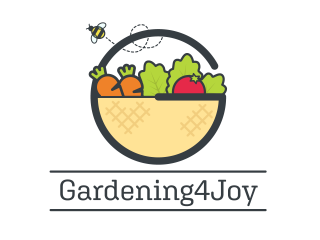Cilantro is one of those herbs that you either love or hate. Some people who dislike cilantro mention that it tastes like soap. Why? Well, there is a genetic reason. People with a certain gene are sensitive to aldehyde chemicals. These aldehyde chemicals are abundant in cilantro. People who have this sensitivity usually ‘hate’ the taste of cilantro. Luckily, I don’t have this sensitivity and I simply love both the aroma and taste of cilantro. When growing cilantro, there are two parts of the plant that can easily be harvested, the leaves (cilantro) and the seeds (coriander). Read on to learn more about how to successfully grow cilantro.
Cilantro is an annual and is part of the carrot family. Thriving in cool temperatures under 75°F, Cilantro is amazing to watch as it grows. As it grows and transforms, the following parts of the plant emerge:
- Fan-like lobed leaves that grow lower on the stem (these are the aromatic leaves that can be harvested for use in recipes). Looks a lot like parsley.
- Feathery leaves on the upper part of the stem
- Tiny white flowers that are arranged in umbels (umbrella-like) at the top of the stem
- Seeds are ribbed pods, round and turn from light green to light brown
Cilantro reaches a height of 3 feet (1.2 meters) and should be supported by a stake once it becomes this tall.
Fun Fact: Cilantro is one of the oldest known spices, dating back over 7000 years. When the Tutankhamen tomb was examined, coriander seeds were present.
The future belongs to those who believe in the beauty of their dreams.
Eleanor Roosevelt







 Please check your email to confirm subscription.
Please check your email to confirm subscription.